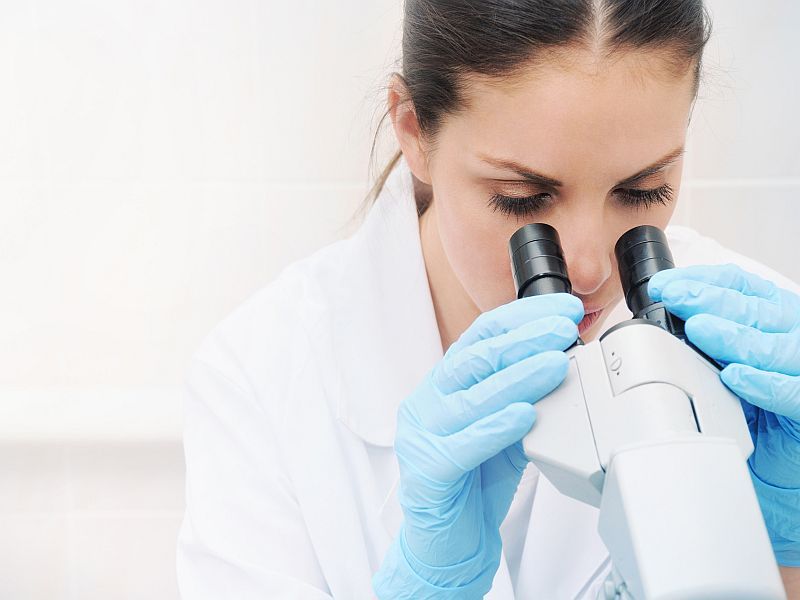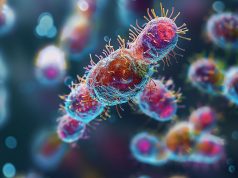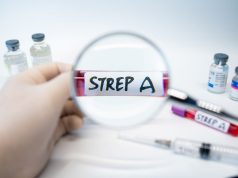Clinicians should consider alternatives to macrolide monotherapy as empiric therapy for suspected community-acquired bacterial pneumonia
WEDNESDAY, March 17, 2021 (HealthDay News) — There are high rates of macrolide-resistant Streptococcus pneumoniae throughout the United States, according to a study published online Feb. 4 in Open Forum Infectious Diseases.
Vikas Gupta, Pharm.D., from Becton, Dickinson and Company (BD) in Franklin Lakes, New Jersey, and colleagues used the BD Insights Research Database to identify 3,626 patients with a positive S. pneumoniae blood or respiratory culture evaluated between October 2018 and September 2019 at 329 hospitals across nine U.S. Census geographic regions.
The researchers found that macrolide resistance in S. pneumoniae is 39.5 percent overall. Macrolide resistance was seen in 47.3 percent of S. pneumoniae obtained from respiratory cultures and in 29.6 percent from blood cultures. Macrolide resistance in respiratory isolates was ≥25 percent in all regions of the United States. Higher rates of macrolide resistance were seen among ambulatory patients (45.3 percent) versus inpatients (37.8 percent).
“The high rates of macrolide-resistant S. pneumoniae throughout the United States [are] the latest in mounting evidence for the need to combat the public health risks of antibiotic resistance,” a coauthor said in a statement. “Indiscriminate use of macrolides for viral conditions has been highlighted during COVID-19; the corollary here is clinicians now need to consider alternatives to macrolide monotherapy for suspected community-acquired pneumonia.”
Several authors disclosed financial ties to pharmaceutical companies, including Nabriva Therapeutics, which funded the study.
Editorial (subscription or payment may be required)
Copyright © 2020 HealthDay. All rights reserved.








